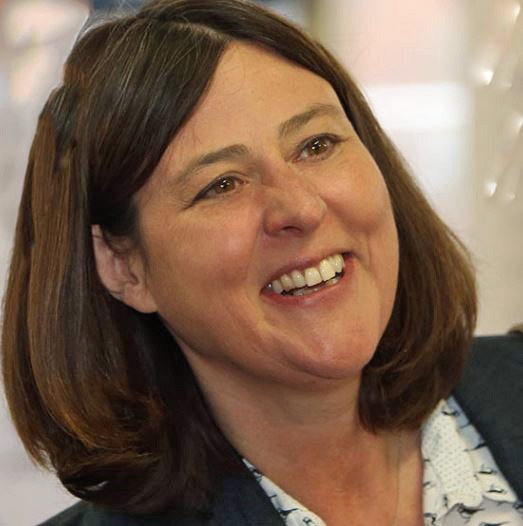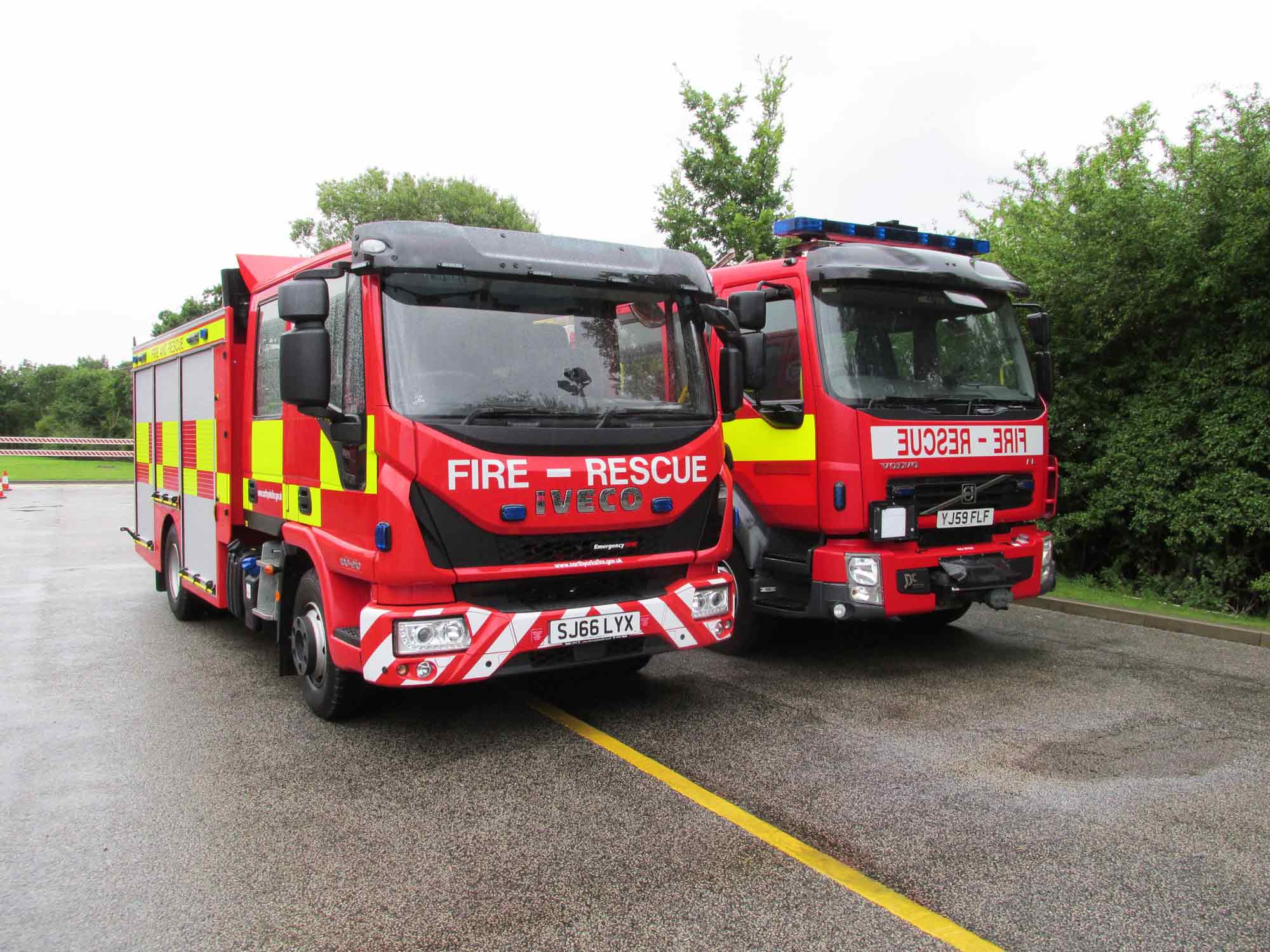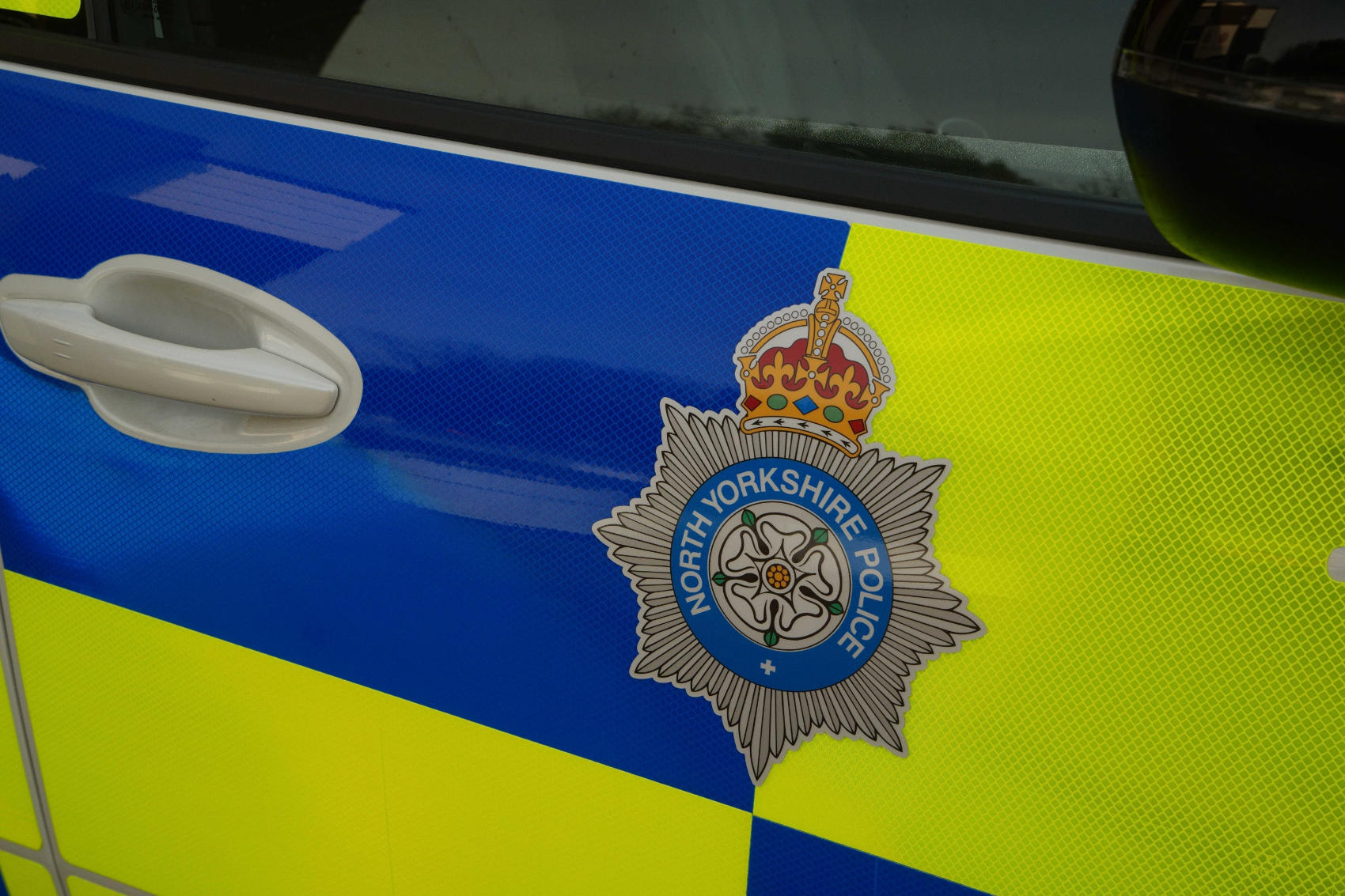The public and workforce have resoundingly supported proposals from the Police and Crime Commissioner to take on oversight of North Yorkshire Fire and Rescue Service.
Julia Mulligan’s consultation, which closed last Friday, received responses from over 2,500 people, including the public, fire fighters, police, staff and a wide range of other interested parties.
Julia Mulligan, the Police and Crime Commissioner for North Yorkshire, said:
I am heartened that so many people got involved in my consultation and had their say. This is all about improving the service to the public and ensuring we continue to properly protect people into the future
What’s more, with only 30 per cent of the total preferring to retain the Fire Authority, it is clear that there is great appetite for change to improve the way the fire and police services work together. People have consistently told me that this makes a lot of common sense. For example, it’s a nonsense that there are two HQs in the same town, when we could be sharing.
The results revealed that 71 per cent of the public and 61 per cent of the workforce want a change in oversight, with only 30 per cent of the total opting to retain the Fire Authority. The largest proportion (56 per cent off the public and 41 per cent of the workforce) backed Julia’s preferred option, which would mean replacing the Fire Authority with a ‘Police, Fire and Crime Commissioner’, whilst ensuring the two services remain independent of one another, each led by their own Chief.
- Option 1. The Representation Model: The PCC becomes the 17th full voting member of North Yorkshire Fire and Rescue Authority subject to its consent, having a voice in how the Fire and Rescue Service is overseen. This would be easy to implement, although it would not drive collaboration fast enough and savings would be minimal at just £1.3m over 10 years.
- Option 2. The Governance Model: The PCC replaces North Yorkshire Fire and Rescue Authority as the ‘Police, Fire and Crime Commissioner’. The Commissioner would oversee both fire and rescue and police services, whilst ensuring the two services remain independent of one another, each with separate Chief Officers, roles and identities. This is the preferred option in North Yorkshire as it would be simpler than option three to implement, collaboration would increase significantly and £6.6m could be saved and reinvested into frontline services.
- Option 3. The Single Employer Model: A Police, Fire and Crime Commissioner replaces the North Yorkshire Fire and Rescue Authority as in option two, but a single Chief Officer is appointed to lead both services. The two services retain distinct frontline officer identities. Although the Single Employer model, which received 15 per cent of support, could bring greater benefits through providing the means to achieve deeper integration of fire and police assets, it also brings significant delivery and strategic risks, including being seen as a merger.
As a consequence of this support, Julia will now review the consultation responses in detail, in order to finalise her business case for submission to the Home Office in mid-October. Earlier this month, the proposals were rejected by North Yorkshire County Council and the City of York Council, which means that the business case will be subject to an independent assessment before the Home Secretary makes her final decision.

Julia added:
It is very disappointing that the councils do not support my proposals and have opted to put vested interests first. This means additional expense to the public and a prolonged process, when we could be getting on with the job, putting the public first.
What’s more, during the past few weeks, I have also raised serious concerns about how the fire service is being managed right now. Fortunately, the Fire Authority has listened, seen the error of its ways and performed a spectacular U-turn on its flawed fire cover review, which I welcome. However, this also clearly demonstrates that the current arrangements are not fit for purpose and that change is needed.
I’d like to thank the workforce and the public for their support and in the meantime, will continue to challenge the status quo.
| Public survey | Count | % |
| Option 1: Representation Model | 671 | 29% |
| Option 2: Governance Model | 1318 | 56% |
| Option 3: Single Employer Model | 352 | 15% |
| Grand Total | 2341 | 100% |
| Staff survey | Count | % |
| Option 1: Representation Model | 82 | 39% |
| Option 2: Governance Model | 85 | 41% |
| Option 3: Single Employer Model | 41 | 20% |
| Grand Total | 208 | 100% |
| Combined totals | Count | % |
| Option 1: Representation Model | 753 | 30% |
| Option 2: Governance Model | 1403 | 55% |
| Option 3: Single Employer Model | 393 | 15% |
| Grand Total | 2549 | 100% |







